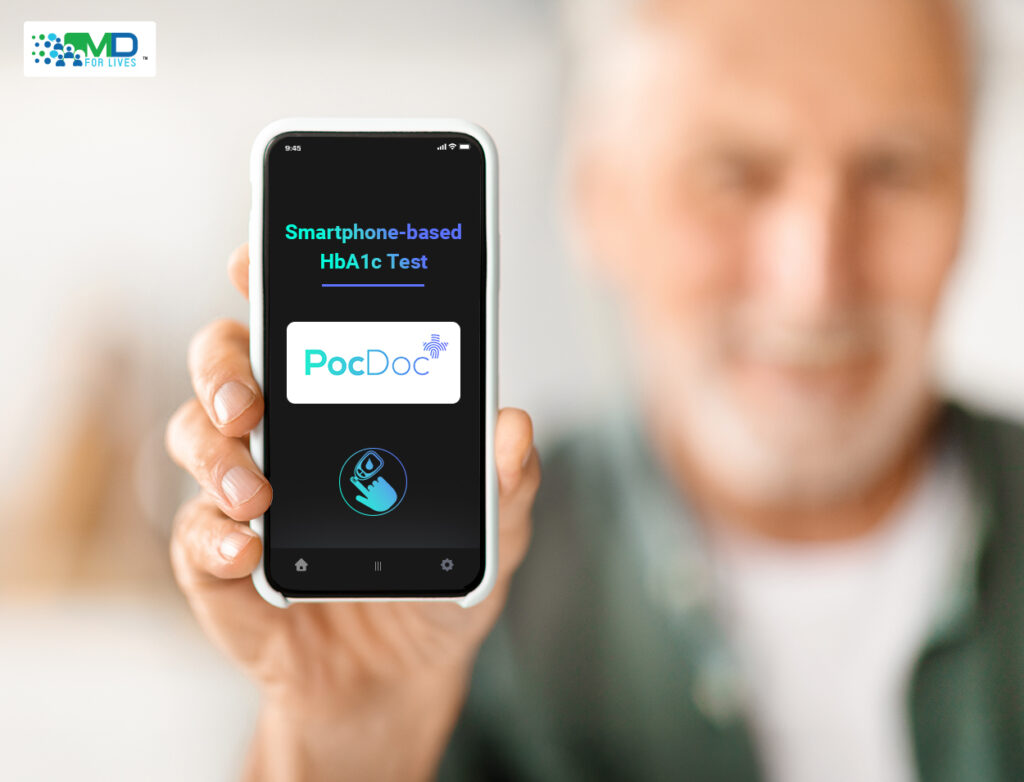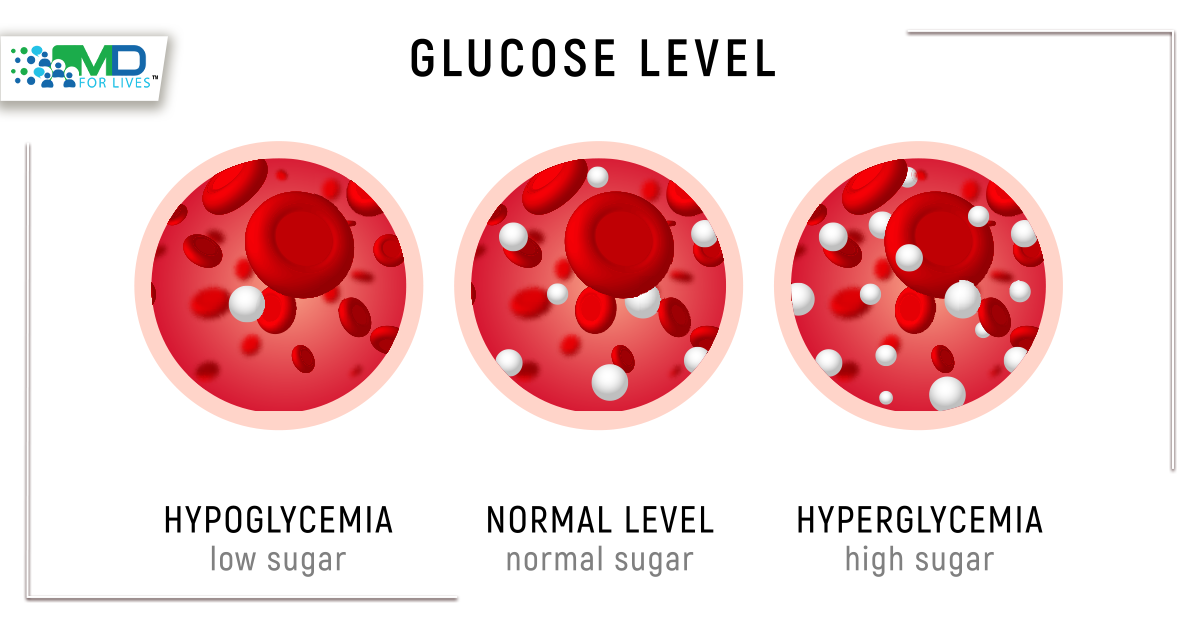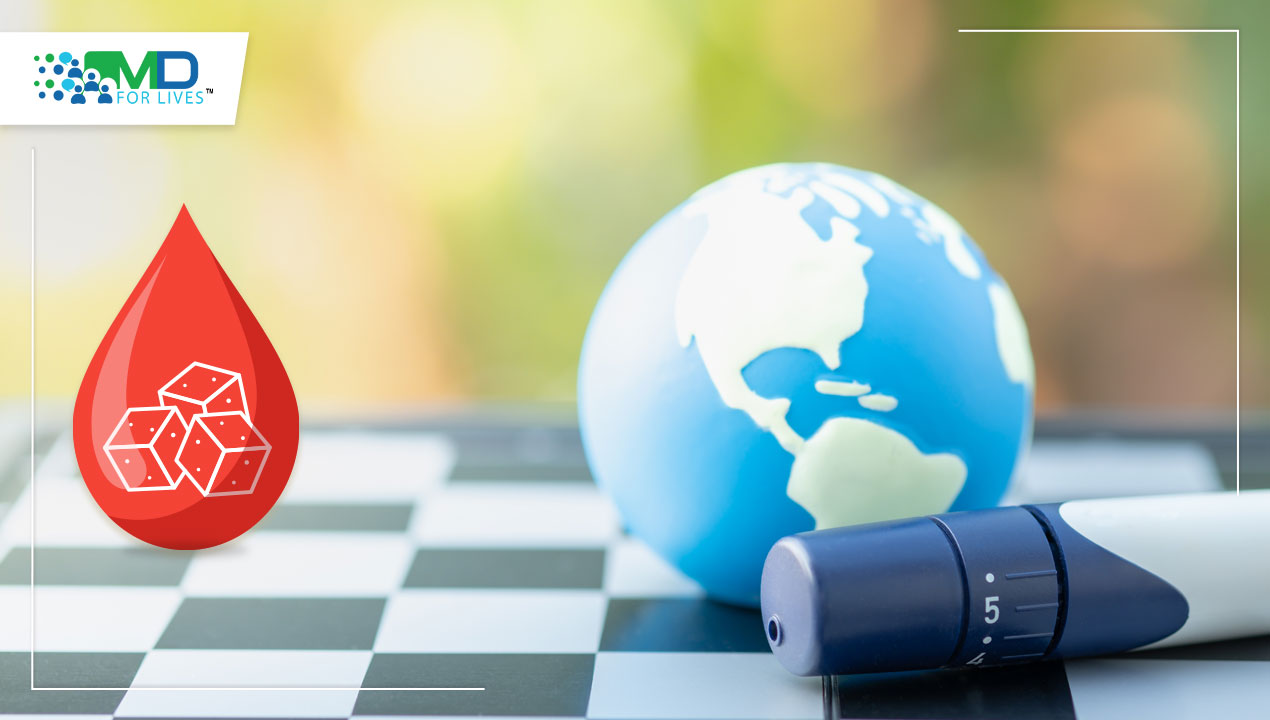Today, in 2025, type 2 diabetes (T2D) stands out as one of the most urgent global health concerns. According to the latest diabetes worldwide statistics, every 1 in 9 adults between the age group of 20 and 79 is diagnosed with diabetes. But what’s most striking is – nearly 90% of them are living with diabetes 2. For those battling diabetes (especially type 2) or taking care of a loved one, we understand, it is never just about the numbers on a glucose monitor. It is the fatigue that lingers after a long day, the anxiety that builds before every lab result, and the frustration of constantly balancing medication, diet, and lifestyle, all while still trying to keep life feeling “normal.” For caregivers, it’ is the constant vigilance, emotional support, and responsibility of helping someone navigate a condition that affects not just the body, but also the mind and spirit.
Still, amid these struggles, there is genuine hope. Advances in medical science are transforming the way diabetes type 2 is diagnosed, treated, and managed, offering better tools and more effective therapies than ever before! In this blog, we will explore the latest breakthroughs in diabetes care, uncover the real benefits they bring to patients and caregivers. Afterall, living with diabetes 2 or supporting someone who is, comes with challenges, but also new possibilities and greater control over health. While millions of people worldwide continue to live with Type 2 diabetes, science is moving faster than ever to transform how it is managed. In 2025, we are witnessing remarkable progress, with breakthroughs in therapies, diagnostics, and lifestyle strategies.
Are you a Diabetes Patient? Your story, your challenges, and your triumphs matter – not just to you, but to the future of diabetes care. Take part in Paid Diabetes Patient Survey here
Read on to discover the latest advancements, explained clearly:
Diabetes 2 – Latest Advancements
#1 srRNA Partnership: Novo Nordisk + Replicate Bioscience
Novo Nordisk announced an exclusive global collaboration with U.S.-based Replicate Bioscience to co-develop self-replicating RNA (srRNA) therapies for diabetes type 2, alongside obesity and broader cardiometabolic diseases.
Unlike traditional RNA medicines that require frequent dosing, srRNA has the ability to amplify itself inside cells for a limited time. This means, a lower initial dose could generate a stronger and longer-lasting therapeutic effect. This makes it particularly promising for chronic diseases like T2D and obesity, where daily or weekly injections remain a barrier for many patients.
For Novo Nordisk, the move marks a clear strategy to diversify beyond GLP-1 therapies, which currently dominate the diabetes and obesity markets.
Experts suggest that if srRNA therapies succeed, they could:
- Extend dosing intervals (potentially monthly or even less frequent) compared to current injectables.
- Improve adherence by reducing the treatment burden on patients.
- Target multiple pathways simultaneously, allowing more precise modulation of metabolism, appetite regulation, and glucose control.
- Lower manufacturing and supply chain pressures, as srRNA therapies may be produced more efficiently than complex peptide-based drugs.
While still in early-stage development, this partnership highlights a “beyond GLP-1” era in diabetes and obesity care, where RNA-based medicines might one day offer simpler, longer-lasting, and affordable solutions for millions living with diabetes 2 worldwide.
#2 Smartphone-Based HbA1c Test Launches in the UK

The UK rolled out a smartphone-based HbA1c test, developed by health tech company PocDoc, across several NHS trusts. This new tool allows people to perform a simple finger-prick blood test at home, place the drop of blood on a testing strip, and then use their smartphone’s camera and the PocDoc app to analyze results. Within minutes, users receive an accurate HbA1c reading!
This innovation represents a major leap forward in early detection and monitoring of diabetes type 2. Many people remain undiagnosed until complications emerge, but an at-home HbA1c test could change that by making screening more accessible.
Since high HbA1c levels strongly correlate with cardiovascular risk, NHS leaders estimate it could also help prevent thousands of heart attacks and strokes each year.
The benefits are multifold:
- Convenience & accessibility: Patients no longer need to book a blood test or wait for days to receive their lab results.
- Early diagnosis: Undiagnosed diabetes and prediabetes can be detected before serious complications develop.
- Improved monitoring: For those already diagnosed, frequent at-home testing can help track whether lifestyle or medication changes are working.
- Public health reach: It supports NHS prevention strategies, particularly in underserved populations where routine lab access may be limited.
Please note: While experts emphasize that the test should just complement and not replace professional medical follow-up, it marks a significant step toward digital-first, patient-empowered diabetes care. If widely adopted, smartphone-based HbA1c testing could reshape how diabetes type 2 is diagnosed and monitored globally.
#3 Oral GLP-1 Pill “Orforglipron” Delivers Impressive Phase 3 Results
As per latest news diabetes, Eli Lilly announced pivotal Phase 3 results for ‘Orforglipron’. It is a once-daily oral GLP-1 receptor agonist designed for people with type 2 diabetes who are overweight or obese.
The data were striking:
- Participants taking the highest dose achieved an average 10.5% body weight reduction over 72 weeks.
- 75% of patients reached HbA1c levels of 6.5% or lower, a threshold considered near-normal glucose control.
- Patients also showed broad improvements in cardiometabolic markers, including blood pressure, triglycerides, and cholesterol, underscoring benefits beyond glycemic control.
What makes these findings especially important is the oral formulation. Current GLP-1 drugs, like Semaglutide and Tirzepatide, are injectables that many patients find intimidating or inconvenient. Orforglipron represents the possibility of GLP-1 efficacy without injections, potentially opening this class of drugs to a far wider population.
However, side effects remain a challenge. At higher doses, 36% of participants experienced nausea and 23% experienced vomiting, leading to about a 10% discontinuation rate. While these are consistent with other GLP-1 therapies, it highlights the ongoing need to balance efficacy with tolerability.
Lilly has announced plans to seek fast-track regulatory approval globally, positioning orforglipron as a major competitor in the expanding diabetes and obesity market. If approved, it could be the first widely available, needle-free GLP-1 therapy for patients with diabetes type 2.
#4 DASH4D Diet Lowers Blood Sugar Without Weight Loss
Researchers at Johns Hopkins Bloomberg School of Public Health unveiled results from a clinical trial testing a modified version of the popular DASH diet (Dietary Approaches to Stop Hypertension) tailored for people with type 2 diabetes.
Called the DASH4D diet, this approach adjusted the original DASH framework by reducing carbohydrates, increasing healthy fats, and lowering potassium to better suit the needs of people managing blood sugar.
The trial enrolled 89 older adults (average age 68 years, majority non-Hispanic Black women) with type 2 diabetes and an average HbA1c of around 7%.
Over the study period, participants following the DASH4D plan experienced:
- A reduction in average blood glucose by 11 mg/dL.
- An increase in time in target glucose range by 75 minutes per day.
These improvements happened without weight loss, proving that diet quality, not just calories, can directly improve blood sugar control.
This finding is particularly important because most nutrition interventions for diabetes often emphasize weight loss as the primary driver of improvement. DASH4D demonstrates that targeted dietary composition with better carb quality, more unsaturated fats, and balanced micronutrients, can make a meaningful difference in glycemic control even in the absence of body weight changes.
Experts say this could be a big step for people who struggle with weight loss. It may also help older adults who do not benefit from strict calorie restriction. The study highlights the value of accessible, culturally tailored diets, especially for underserved communities that are often hit hardest by diabetes.
In short, the DASH4D study shows that what you eat may matter as much as how much you eat when it comes to living with diabetes 2.
Never Miss What’s Next in Diabetes Type 2 with MDForLives!
Living with diabetes 2 can feel overwhelming, especially with so much information scattered across various sources. That is why MDForLives brings together every piece of relevant news for diabetics – whether it is new treatments, smarter diagnostic tools, lifestyle strategies, or real-world patient perspectives, into one reliable space. Our mission is to cut through the noise and share updates in a way that is easy to understand and meaningful for both patients and caregivers.
We want you to feel empowered, supported, and informed about the advances that truly matter in daily diabetes care. From breakthrough therapies and digital innovations to practical diet-based approaches, we cover it all!
To stay connected, follow MDForLives on social media and visit our blog page regularly for in-depth articles, expert insights, and stories that inspire. Together, we can make living with diabetes 2 a little less challenging and a lot more manageable.
Also read about – Benefits of having Support Groups for Diabetes Patients

MDForLives is a vibrant community of healthcare professionals and patients dedicated to shaping the future of healthcare. We provide valuable global insights to healthcare companies through online surveys, interviews, and discussion forums.







